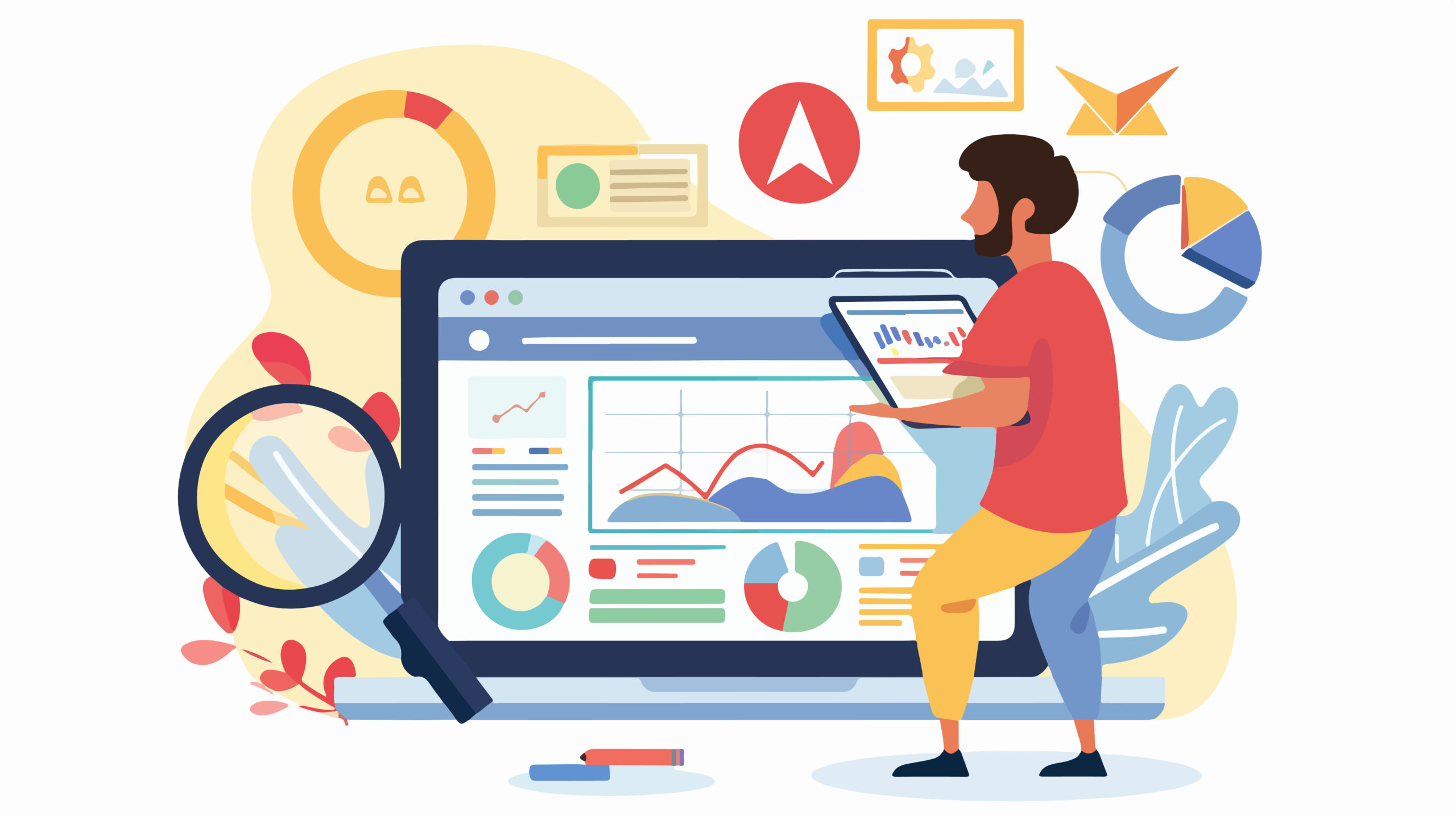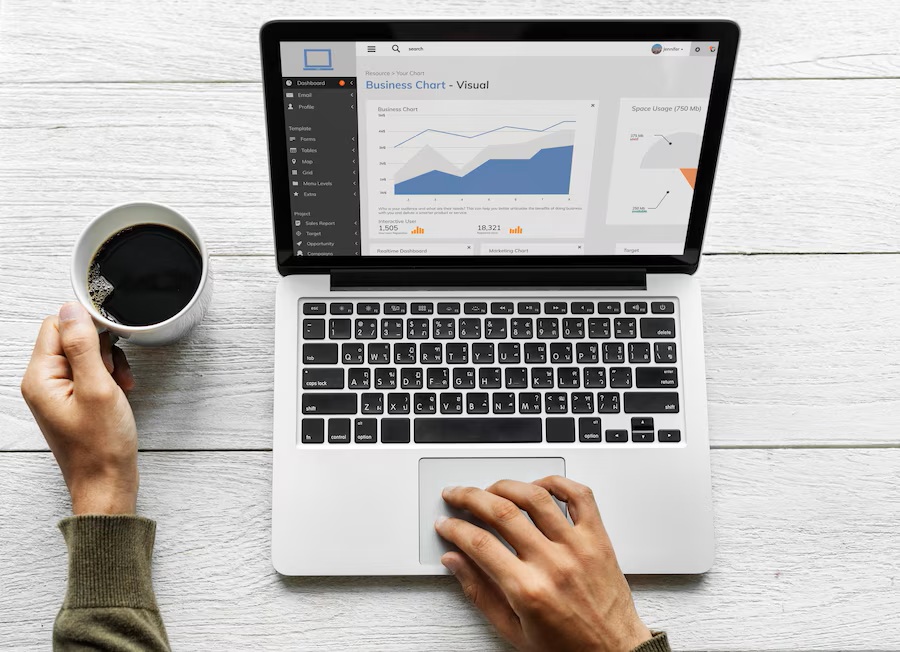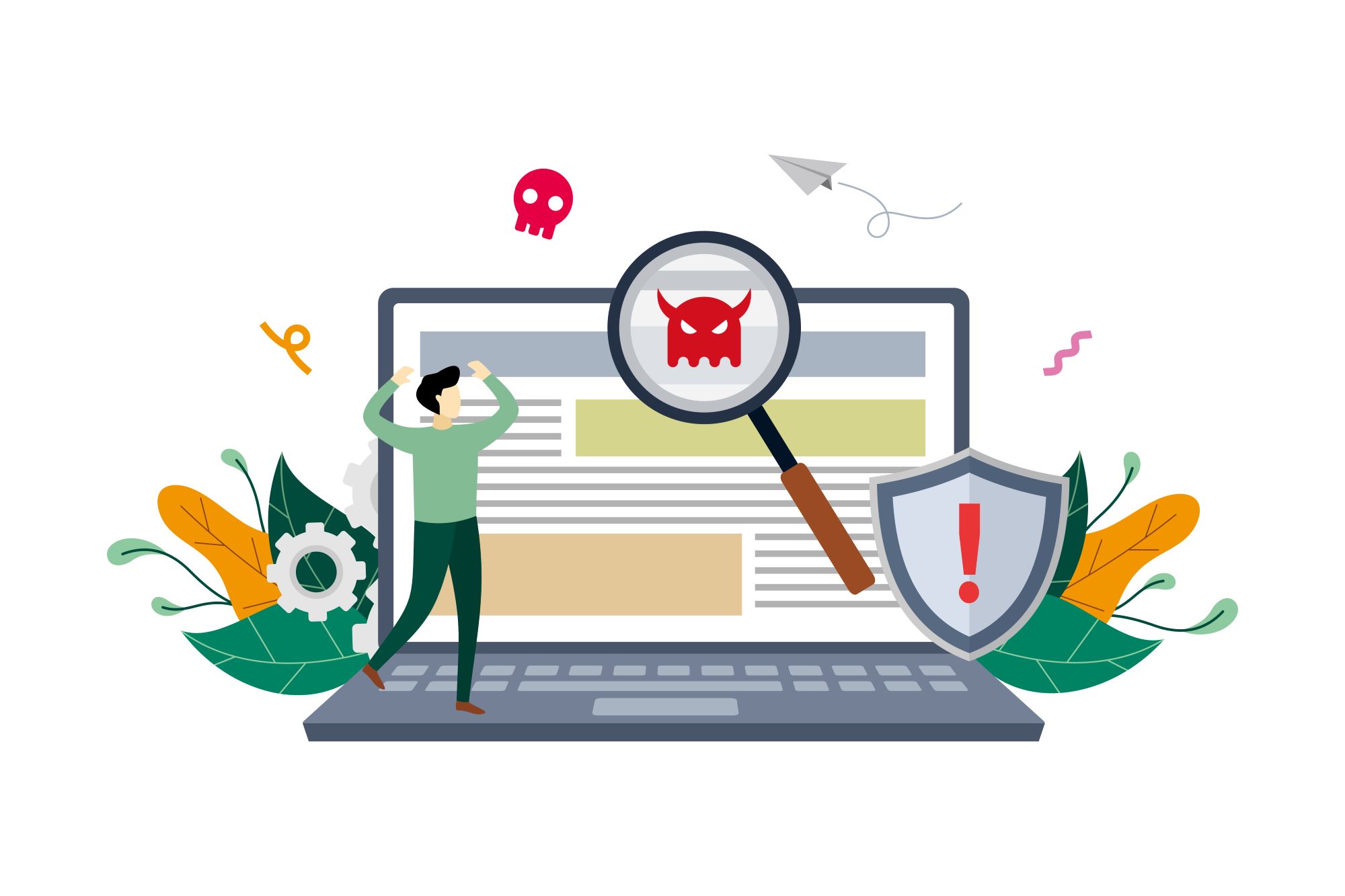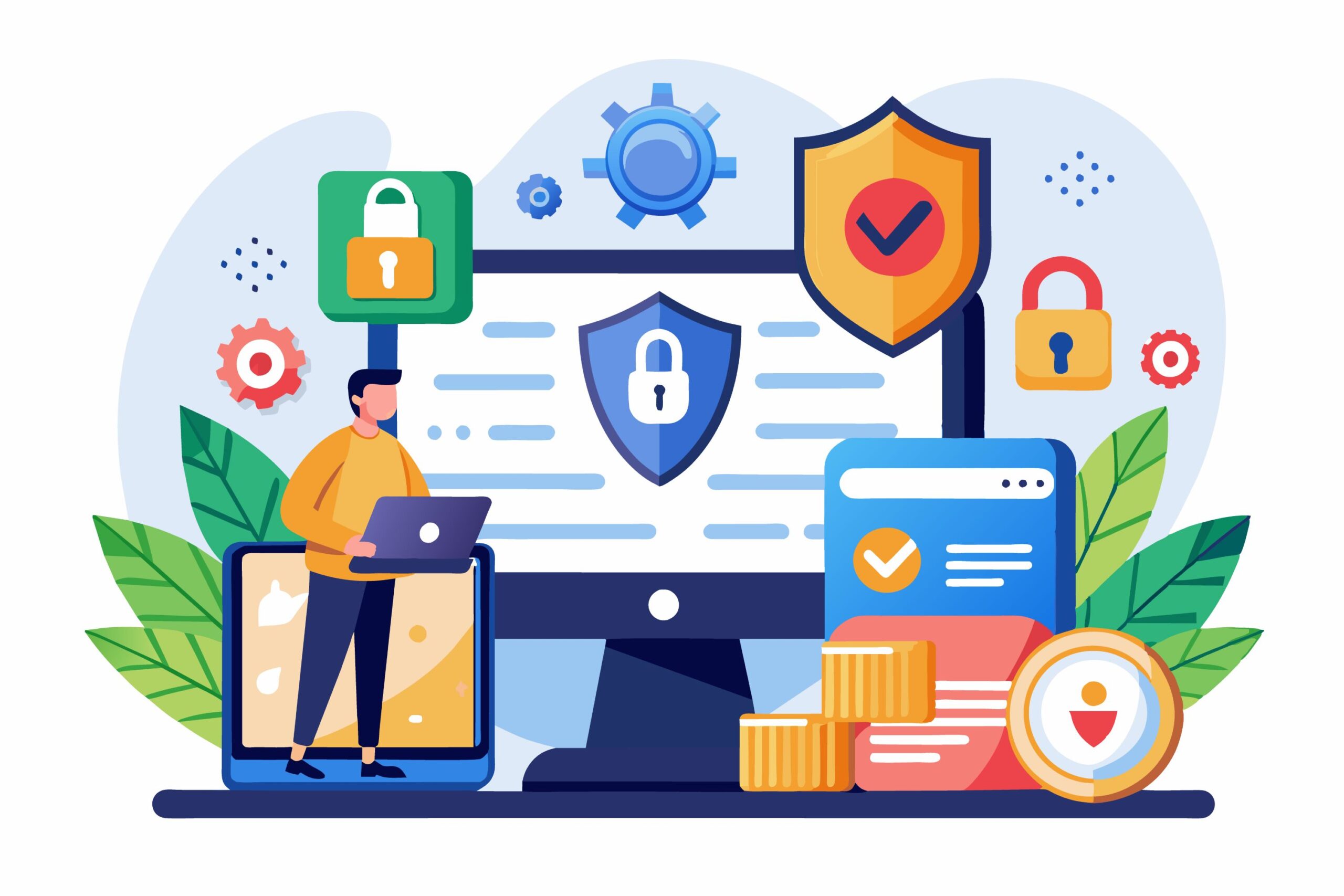The History of Email Marketing
Email marketing started back in 1978 when 400 clients were sent an email blast by the Digital Equipment Corporation (DEC) which generated $13 million in sales. Following this success, Gary Thuerk, the marketing manager at DEC was named the father of email marketing.
In 2024, email marketing has become one of the most used methods to promote brands. Since Thuerk’s email, this practice has become more strategic. In this blog, we’ll talk about email marketing and how your brand can use it to grow your business.
What is Email Marketing?
Email marketing is when a business owner reaches out to their customers via emails to either increase their sales, promote products, build brand loyalty, or do all of the above.
Email marketing has been around for a long time and is still used across all industries. It effectively turns prospects into customers. Studies show that businesses earn $42 on average for every dollar they invest in email marketing.
Benefits of Email Marketing
We’ve already established that businesses use email marketing tactics to directly get in contact with their customers, but this strategy also has several other benefits such as increased visibility, as people are generally more likely to notice an email compared to a social media post, which might not always appear in their feeds. Secondly, emails let you customize your messages to make them more relevant to each recipient. This personalized approach is more effective compared to generic marketing campaigns.
Types of Marketing Emails
Each type of marketing email serves a different purpose for your brand, combine these and you have yourself a solid email strategy. Some email marketing techniques that you can choose from depending on what you want for your business are as follows:
Email campaigns let you promote special deals, and encourage customers to download resources like whitepapers or e-books. You can also choose email campaigns to get users to sign up for a free trial.
Email newsletters are regular updates from your end that keep your subscribers informed. In a typical newsletter, you can include new blog posts, product updates, milestones, or upcoming events.
Automated marketing emails are sent to your subscribers when they perform a specific action. For example, all new subscribers can receive a welcome email when they create an account or a thank you email if they purchase something. Similarly, for ecommerce websites, anyone who leaves items in their cart can automatically receive an email to remind them to complete their purchase.
Email Marketing Best Practices
Regardless of your industry, having an effective email marketing strategy is essential. When done correctly, email campaigns can turn leads into customers, increase sales, drive more website traffic, and achieve much more. But how can you ensure that your email campaigns are on the right track?
Creating an email marketing strategy can be challenging, but our handpicked list of email marketing best practices will make you thank us later. Here are some of the best email marketing tips that will assist you in creating the best email marketing strategy.
Write Engaging Content
Sending out emails is usually the first thing any small business does when starting out on digital marketing. If you’re new to this, phrases like “Buy now!” or “Limited time offer!” in your subject lines might seem tempting. However, just because you’ve seen other companies do it doesn’t mean you should do it too because what works for one company might not work for your audience.
Therefore, when you create subject lines and content for your emails, make them relevant to your subscribers. Keep subject lines short and focus on informing rather than selling. Don’t use pushy sales language, as it can irritate your subscribers. Worst case scenario, your emails end up in their spam folders.
Seek Permission Before Sending Email Campaigns
You need time, patience, and a clear signup process to create a valuable email list. When you get permission from people before sending them your emails, it follows anti-spam laws and builds a dedicated audience for your brand.
We suggest using a double opt-in method, which involves a signup form and an automatic confirmation email sent to subscribers to verify their interest.
Why does permission matter? It’s because when people agree to receive your emails, they know what to expect, and you have proof they want to hear from you.
Here are some email marketing ideas about permission-based lists:
- Make sure you have consent from everyone before sending your first email, which means they either signed up through your signup form or asked to be added. You will have fewer spam complaints and better email delivery.
- Your signup form should explain what kinds of emails they will receive and how often. Remind your subscribers why they’re getting your emails, and include a brief note in each email, such as a reminder that they signed up on your website.
- If you have contact us forms on your website, give users the option to opt-in to receive marketing emails.
Be Consistent
Even if all the addresses were confirmed through a double opt-in process, your email list is likely to become inactive quickly, if you don’t email regularly. If you don’t reach out to your subscribers, they will forget they signed up, which can lead to high bounce rates, spam complaints, and more unsubscribes.
Create a regular email schedule to keep your list active. This way, your contacts will get your emails consistently and remember your brand. If you suspect some email addresses are inactive, ask those contacts to confirm their subscription again.
Don’t Buy Email Lists.
It’s best not to purchase a list of hundreds of email addresses from dubious sources. Although it is not illegal, email service providers don’t allow sending emails to purchased lists and vendors gather addresses by asking people if they want to get offers from other companies.
Know The Distinction Between Transactional Emails And Email Marketing
Transactional emails are personalized messages sent to individual customers, like order receipts and shipping updates, typically triggered by a purchase. Unlike email marketing campaigns, which are sent in bulk and require recipients to opt-in, transactional emails are delivered without the need for a prior subscription, which ensures customers receive necessary updates about their orders directly.
Take Your Time
When you create email campaigns, take the time to do it right. Do not rush through the process as it could lead to issues such as irrelevant content or mismatched expectations, which can result in lower engagement.
Know Spam Filters
Spam filters determine whether your email lands in a recipient’s inbox or gets flagged as junk. These filters detect spam from user actions like marking emails as spam. They also share information with each other to improve their accuracy. While there’s no foolproof method to bypass these filters, you can minimize the risk of your emails being marked as spam by maintaining a good sending reputation. Use a well-coded email template, state your email’s purpose, and ensure all subscribers have opted in. Also using your company email instead of a personal one helps reduce the likelihood of your email blasts being marked as spam.
Test Your Emails
A/B testing, also called split testing, is when you send different versions of your email campaign to see which one performs better with your subscribers. If you want to understand which types of content your audience prefers, this is your way forward.
Keep in mind that how your emails appear can vary between different email clients and devices. So, make your emails look their best, and use the preview and testing tools available to see how your campaign will appear in various email clients before sending it. Some features can quickly show you how your email will render across up to 40 different email clients.
Analyze Campaign Reports
Pay attention to your campaign reports to understand your customers and refine your marketing strategy. Track when your emails get the most engagement to determine the best times to send your emails for the highest impact. Your reports will reveal what your audience likes/dislikes and help you find the optimal timing for your email sends.
You can also target specific segments of your audience, such as offering promotions to customers who have previously purchased similar items or rewarding those who have spent over a certain amount.
Refrain from Using a No-Reply Email
Avoid using no-reply email addresses for your campaigns as it could lead to missed conversations and negatively impact customer experience. No-reply emails can also be marked as spam, which can affect your deliverability. Always provide an alternative way for your audience to contact you to ensure a better overall experience.
Make Unsubscribing Easy
You worked hard to grow your email list but still find people unsubscribing? That happens all the time but you don’t need to have any hard feelings. In fact, make the process easy for them. Subscribers can choose to leave for different reasons. Maybe they moved to a new area where they can’t use your services. Maybe they found a similar product elsewhere. All in all, you need to handle unsubscribes gracefully and not make it hard for people to leave.
If you make unsubscribing difficult, you risk two outcomes: people might ignore your emails or move them to an unopened folder, or worse, they could report your emails as spam. Both scenarios hurt your email deliverability and reduce your campaign’s effectiveness.
To make unsubscribing easy, follow these tips:
- Don’t force subscribers to log into your app to unsubscribe; they might not have access anymore.
- Clearly explain why they’re receiving your emails, either in the email footer or on the unsubscribe page.
- Include a simple one or two-click unsubscribe link in your email footer.
- Use straightforward text like “Unsubscribe” for the link so it’s easy to spot.
- Make the unsubscribe link large enough for mobile users to click on easily.
- Avoid using misleading or tricky language on the unsubscribe page.
- Ensure the unsubscribe link isn’t buried too deep in the email content.
- Making it easy for subscribers to leave will help maintain a positive relationship with those who stay and improve your overall email campaign results.
Use a Catchy Pre-header
The sender name, subject line, and preheader are the first things subscribers see when they receive an email. Though many people open your email based solely on the subject line, others are influenced by additional factors, like the preheader.
The preheader, especially one with shorter subject lines, provides more context. In fact, emails that include preheaders have higher open rates. According to a report, messages with preheaders have an average open rate of about 25.83%, which is nearly 6 percentage points higher than those without preheaders. Surprisingly, only 26% of emails use preheaders, which means business owners are missing out on a lot of opportunities.
For example, if your email subject line is “Drop Everything. Sitewide Sale. Now,” its preheader might be “It’s our birthday! Sitewide Sale + Free Shipping & Returns to celebrate!” Similarly, if your subject line is “It’s now or never!” a preheader like “Only 8 hours left on these Cyber Monday deals” adds urgency. Therefore, use preheaders to provide additional information that ultimately encourages recipients to open your email.
Drive Click-Throughs for Effective Email Marketing
What makes an email encourage clicks? Look at your favorite newsletters, and you might notice they share common traits, such as great products, stories, articles, videos, or something else that grabs your attention.
So, ask your subscribers what they like and make your own engaging content. However, you can also opt for features that generally drive higher click-through rates. For instance, emails that contain videos have above-average click-through rates. Similarly, emails with images, personalization, and preheaders also perform better.
To find what works best for your audience, analyze your past email campaigns and see which ones had the highest engagement. If you haven’t experimented with emojis, videos, animated gifs, interactive content, or personalization, it is time to try them out. Be as creative as you can get and incorporate these elements to make your emails increase click-through rates.
Inspire Your Subscribers with CTAs
Clearly guide your recipients on what to do next when creating your emails. You want them to sign up for a webinar? Download an ebook? Or share something with their network? Make sure to include a clear call to action (CTA).
However, don’t overstuff CTAs in your email. Have a few CTAs so each one stands out. They must also be easy to find and click on, especially for those using mobile devices. Experiment with the wording to make your CTAs more effective. For example, add a countdown timer to create urgency, or include a review to build trust. There are many other strategies you can use to boost your click-through rates.
Don’t Forget The Footer
Many email marketers don’t fully utilize their email footer. Typically, it’s used just for details like the unsubscribe link and the company address. However, your footer can be much more than just the basics.
Consider adding elements that can boost conversions. For example, you could include a customer testimonial to provide social proof and build trust. Showcase logos of media outlets or websites that have featured your brand to enhance credibility. Highlight your selling points, such as a money-back guarantee or free worldwide returns, to attract attention.
Additionally, you can offer recipients an option to provide feedback on your email or share the results of your latest newsletter giveaway.
Make Your Emails Concise
People are constantly distracted, so make your emails easy to skim. You need to present your content in a way that’s quick to read and understand to get your message across.
You can do so by organizing your email with clear headings. Use bullet points and lists to highlight key information wherever necessary. Make your preheader text and main message upfront and easy to spot so recipients can quickly grasp what your email is about without having to scroll down.
When done right, this approach can improve engagement metrics, such as click-to-open rates. You save your subscribers time and help catch the interest of those who are ready to take action.
Know When To Send Your Email Campaigns
You want your email campaigns to get noticed? Send them at the right time then. Most people like to open emails that appear at the top of their inbox; so timing can make a big difference.
However, sending emails at the ideal time also depends on location, industry, and audience. For the best practices in email, use a send-time optimization tool, which automatically adjusts the send time for each recipient based on their past actions.
Send your emails early in the morning if you don’t have access to these tools, as this is usually the best time to catch your audience’s attention.
Choose The Right Email Frequency
The right frequency in email marketing can be challenging to get right. According to a report, businesses that send one newsletter per week have the best average open and click-through rates.
The weekly approach is quite common though, with 46% of the accounts sending just one newsletter a week. Keep in mind that this figure doesn’t account for marketers who also send triggered or RSS emails.
While many marketers boost their email campaign ROI, focusing solely on average click-through rates might not be enough. You must also consider the total number of conversions generated by your emails.
With this in mind, send two or more emails per week to yield better results. Weigh on other factors such as the additional revenue from extra emails, the risk of losing subscribers who feel overwhelmed by too many messages, and the cost of acquiring new leads to replace them.
In general, the best practice is to send at least one email per month and no more than one per day. Of course, depending on your business or specific times of the year (like leading up to Black Friday), you may choose to increase your email frequency.
Use Targeted Popups
Targeted popups are highly effective if you want to grow your email list. Though they are not everyone’s favorite and have an average conversion rate of about 3%, with careful targeting, you can boost this rate to over 5% or even 10%.
Before launching your popups, consider these key questions:
- When should the popup appear on the screen?
- When should it be hidden?
- Should it be shown to the same user again, and if so, how often?
To avoid annoying your visitors, your popups must show at appropriate times, i.e., shortly after they land on your page, after they’ve read a significant portion of your content, or just before they leave the site. When you time popups wisely, you can increase the likelihood of conversions.
Conclusion
Your next steps are clear: implement these best practices in your email marketing strategy and watch your revenue grow.
Need some assistance? We’re here to help. We have the tools you need to succeed in building an email list, creating visually appealing emails, and optimizing your marketing efforts. Feel free to contact us and let us support you in achieving your email marketing goals.









Leave a Reply
You must be logged in to post a comment.